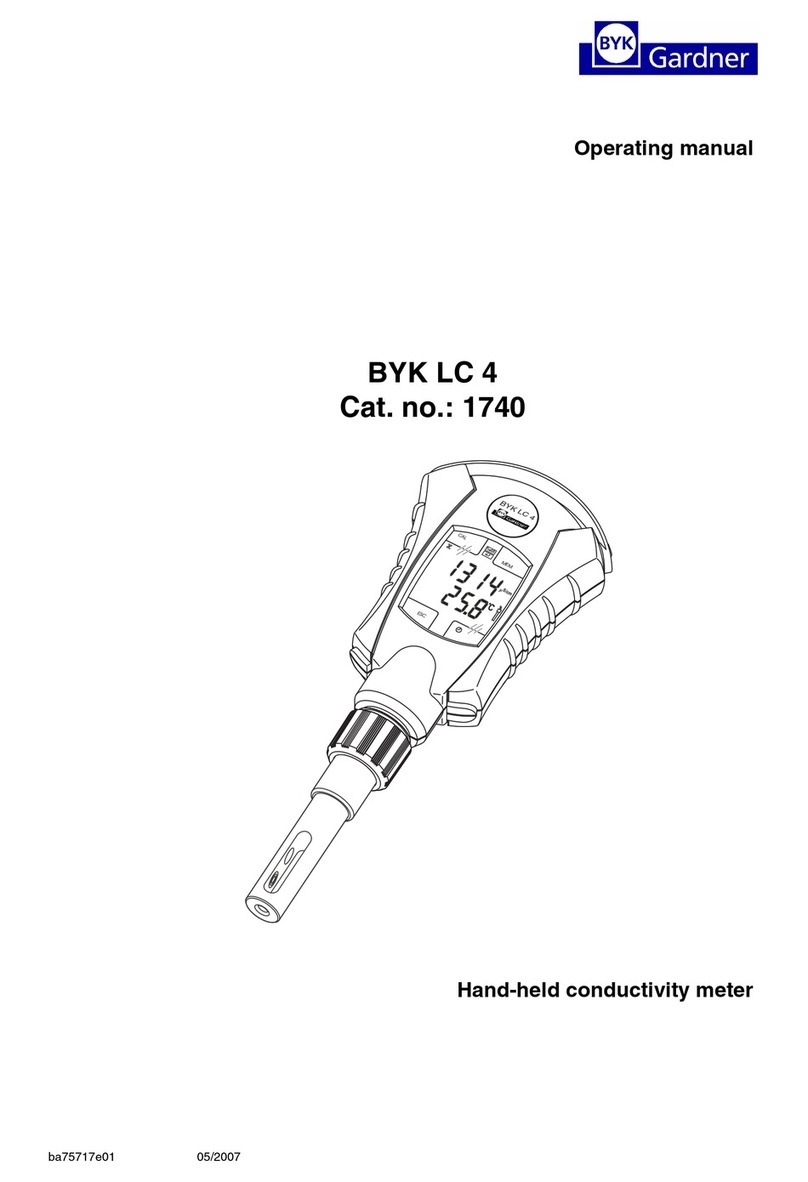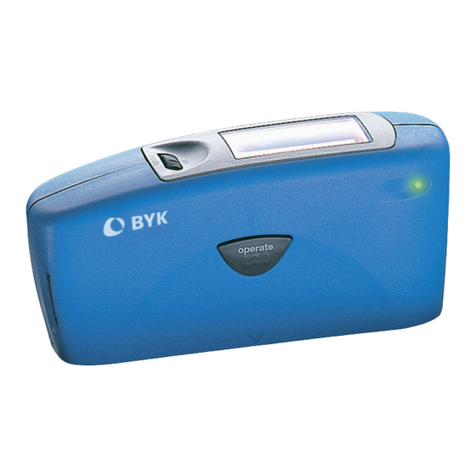BYK CAP 1000+ User manual
Other BYK Measuring Instrument manuals
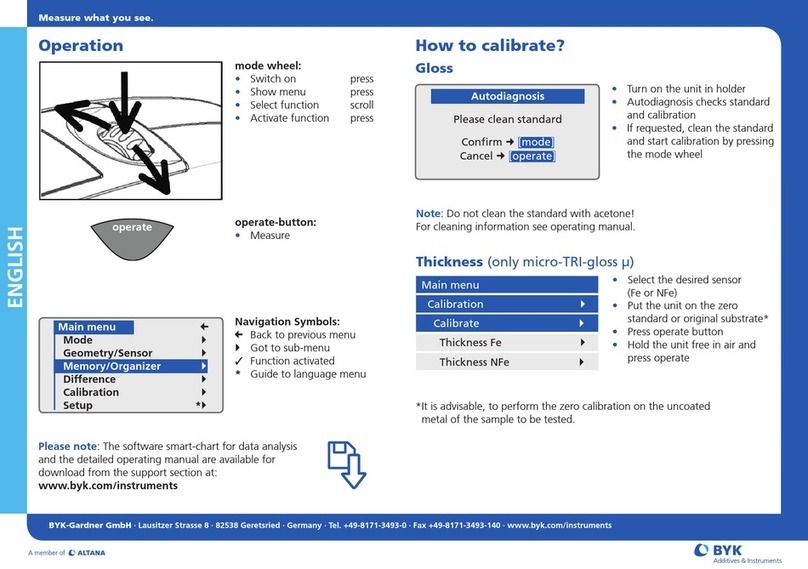
BYK
BYK micro-TRI-gloss ? User manual
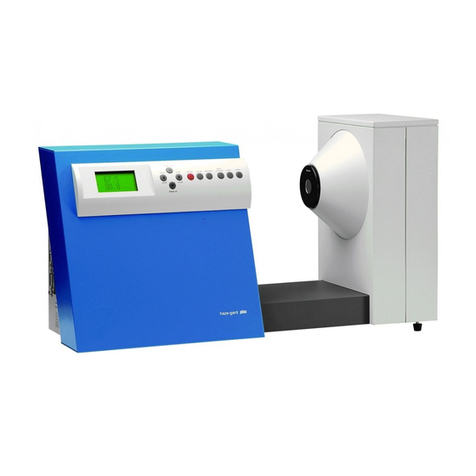
BYK
BYK haze-gard plus Instruction Manual

BYK
BYK LCM III User manual
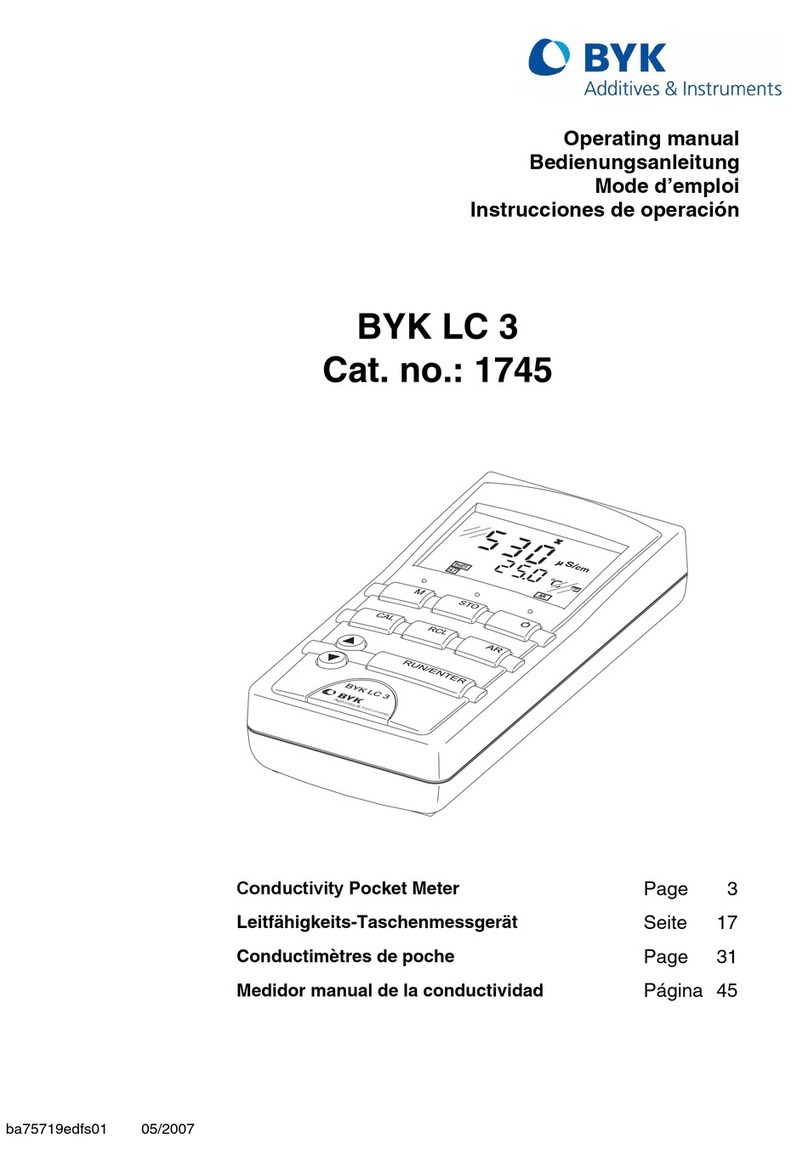
BYK
BYK LC 3 User manual

BYK
BYK micro-TRI-color 345 000 015 Series User manual
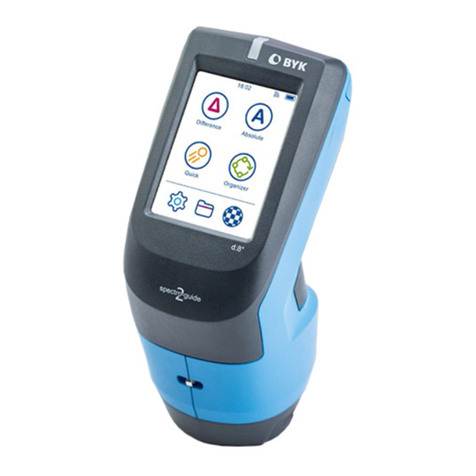
BYK
BYK spectro2guide User manual
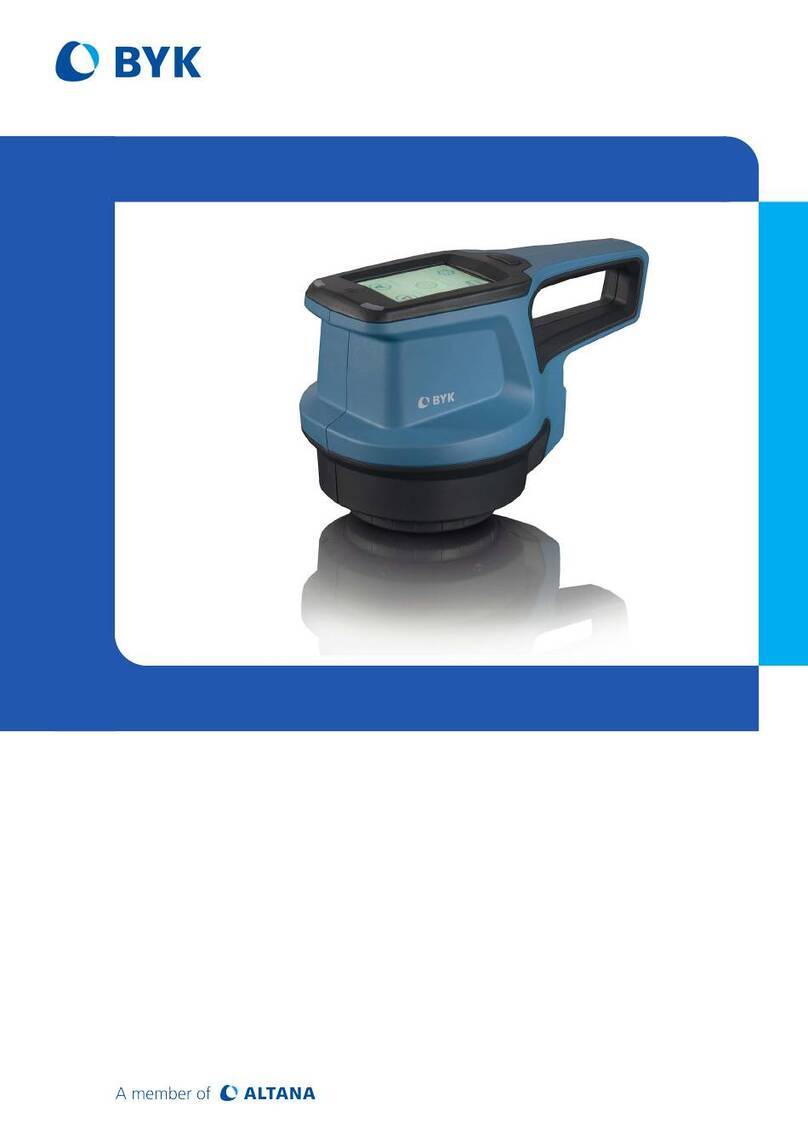
BYK
BYK spectro2profiler Manual
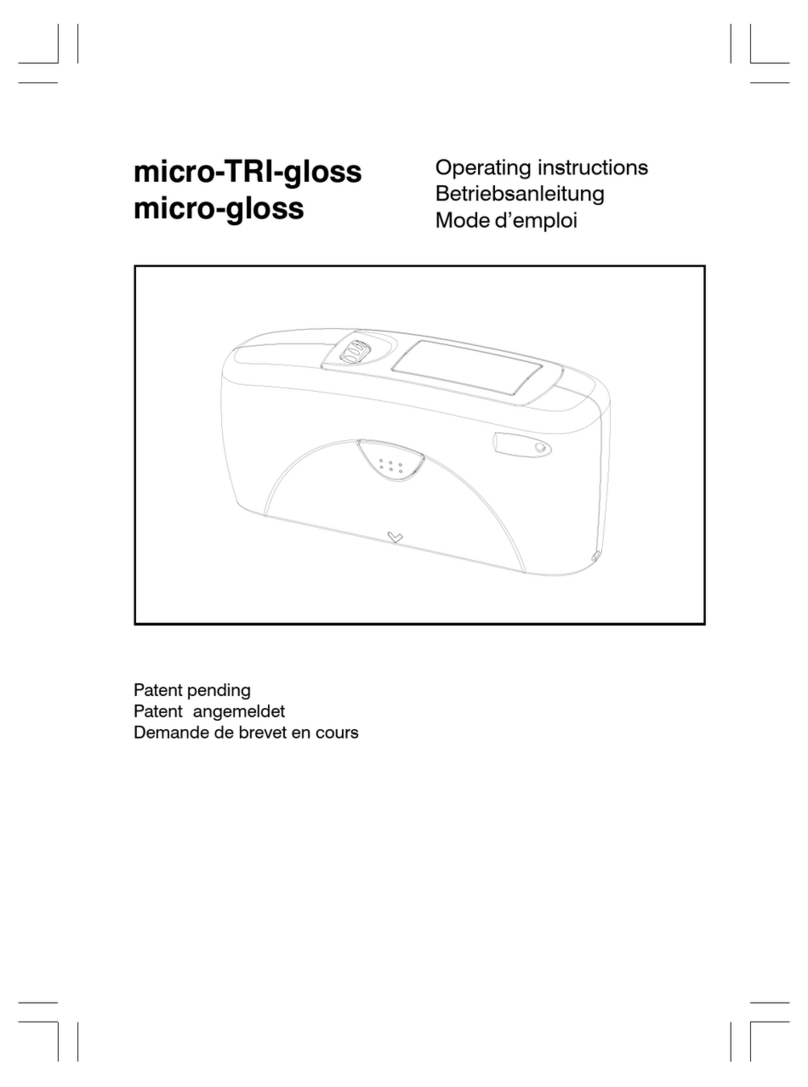
BYK
BYK micro-TRI-gloss ? User manual

BYK
BYK multi-angle User manual

BYK
BYK micro-gloss Installation manual
Popular Measuring Instrument manuals by other brands

Powerfix Profi
Powerfix Profi 278296 Operation and safety notes

Test Equipment Depot
Test Equipment Depot GVT-427B user manual

Fieldpiece
Fieldpiece ACH Operator's manual

FLYSURFER
FLYSURFER VIRON3 user manual

GMW
GMW TG uni 1 operating manual

Downeaster
Downeaster Wind & Weather Medallion Series instruction manual

Hanna Instruments
Hanna Instruments HI96725C instruction manual

Nokeval
Nokeval KMR260 quick guide

HOKUYO AUTOMATIC
HOKUYO AUTOMATIC UBG-05LN instruction manual

Fluke
Fluke 96000 Series Operator's manual

Test Products International
Test Products International SP565 user manual

General Sleep
General Sleep Zmachine Insight+ DT-200 Service manual
